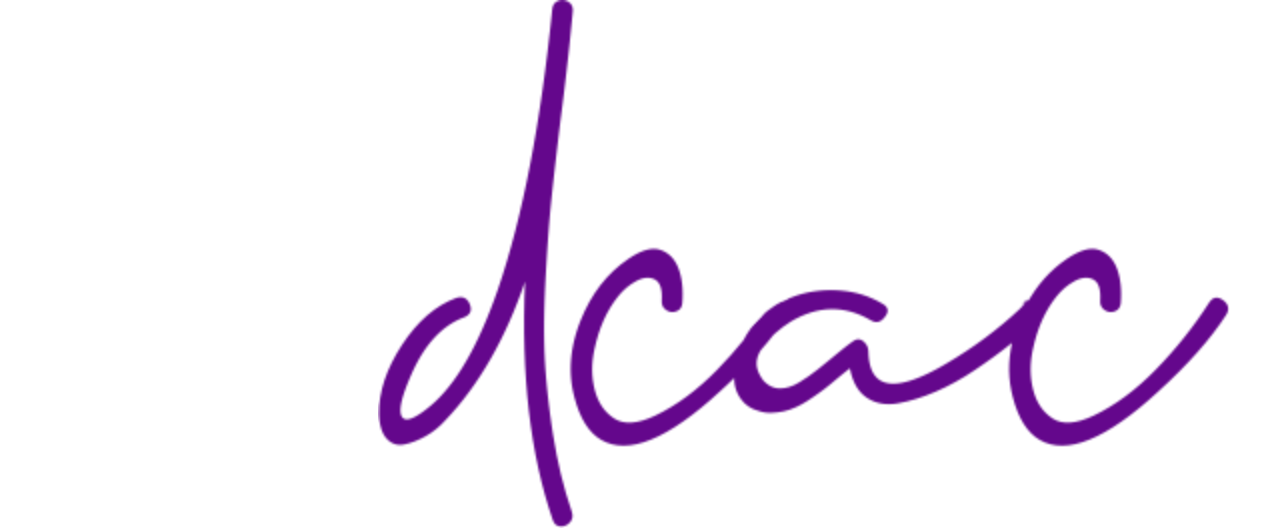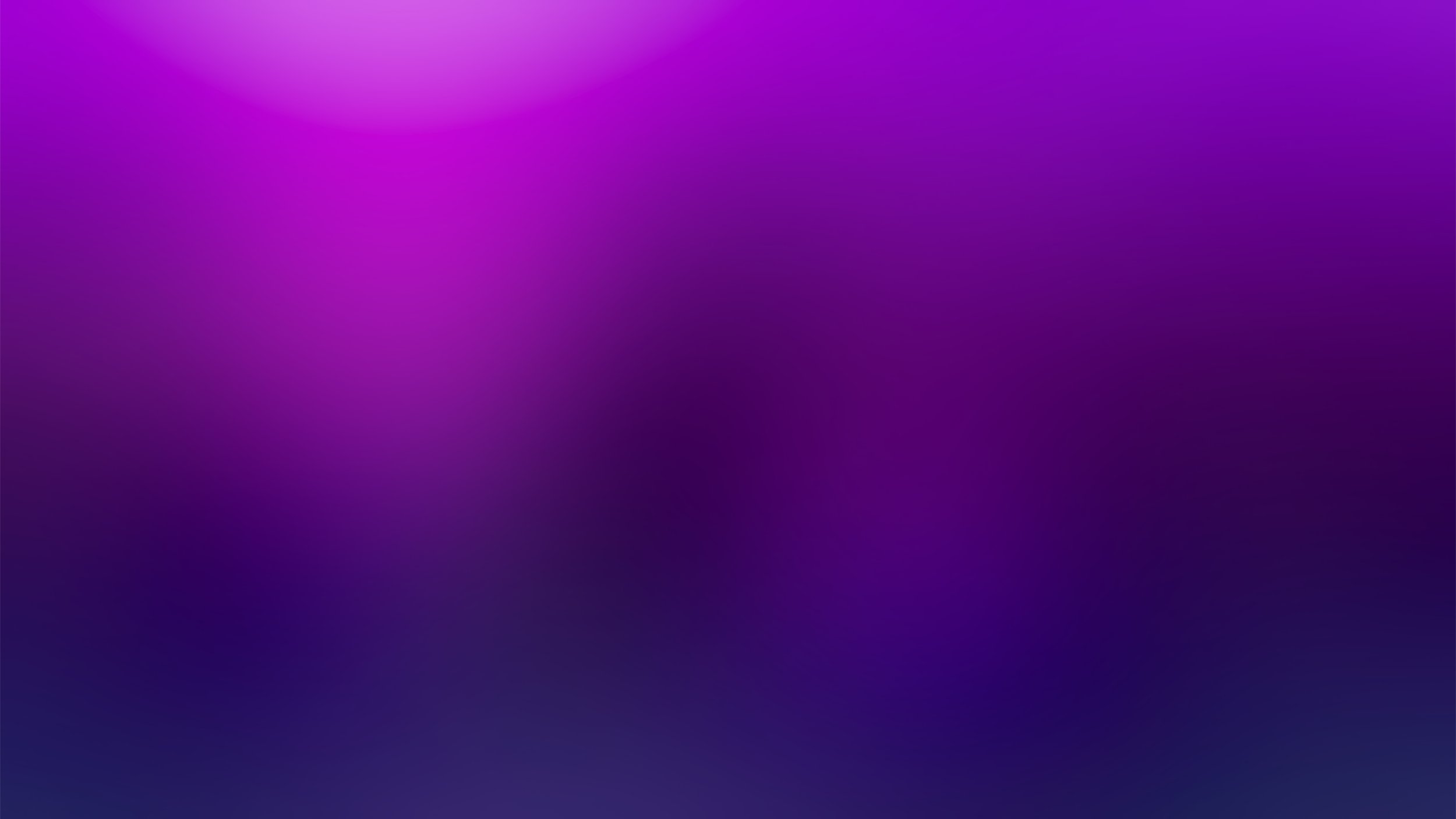
A Shared
Sense of Time
MAIN GALLERY
Curated By Jeffry Cudlin
Assisted By Benedetta Castrioto & FAITH (Eleisha Faith McCorkle)
Featuring Sara Dittrich, Ledah Finck, Imka, Amy Reid, Davis Salisbury (Dais Queue), and Joana Stillwell
APRIL 21 - MAY 21, 2023

A Shared Sense of Time
MAIN GALLERY
Curated By Jeffry Cudlin
Assisted By Benedetta Castrioto & FAITH (Eleisha Faith McCorkle)
Featuring Sara Dittrich, Ledah Finck, Imka, Amy Reid, Davis Salisbury (Dais Queue), and Joana Stillwell
APRIL 21 - MAY 21, 2023
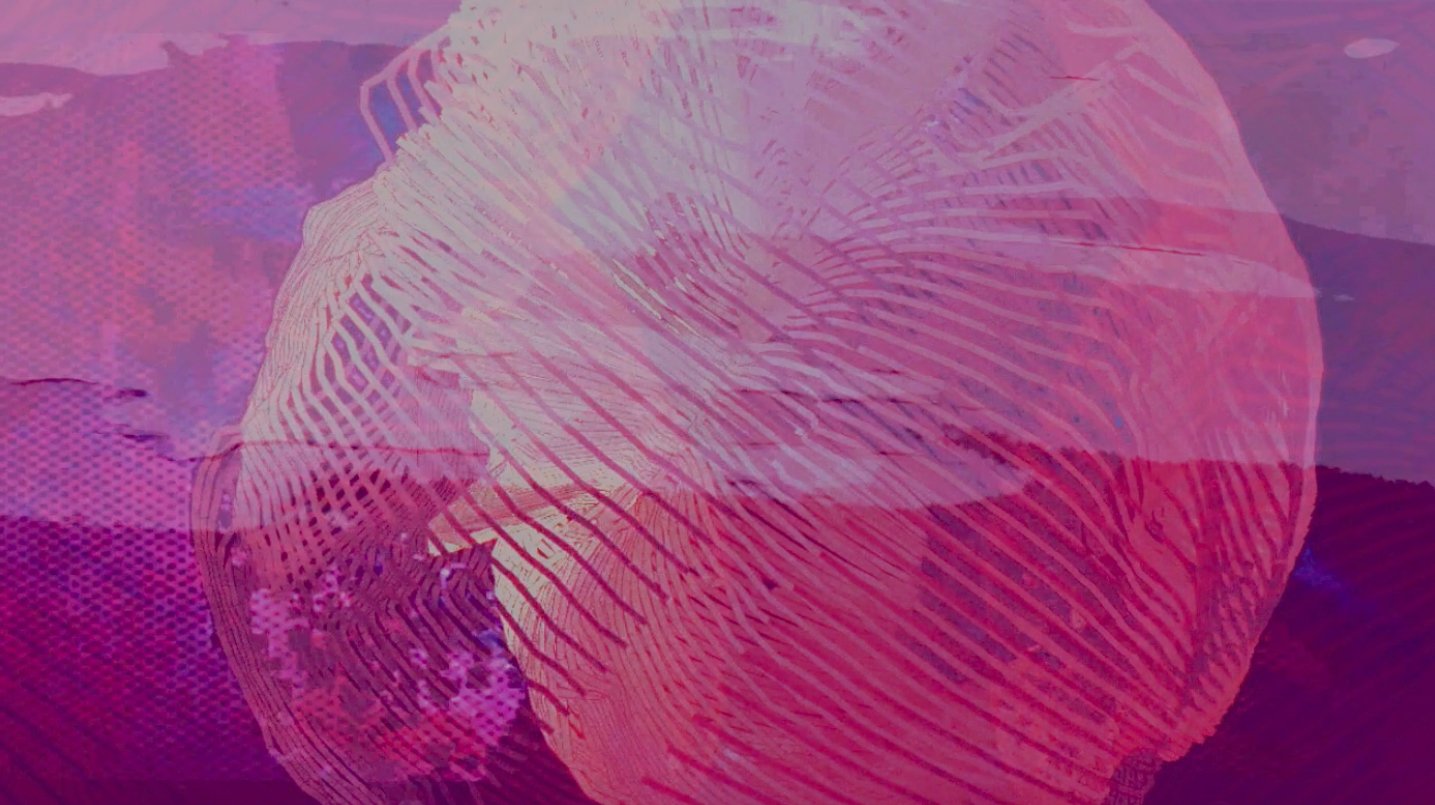

For A Shared Sense of Time, curator Jeffry Cudlin brings together works by visual artists and musicians who rely on unusual pulses or conceptions of tempo to invite altered states of consciousness. The six participating artists, all connected to or living in the DMV, use field recordings, found biological rhythms, or rules-based improvisation to make disorienting aesthetic experiences out of familiar everyday phenomena. The exhibition asks visitors to engage in what author V.S. Naipaul once described as “finding experience where I thought there had been nothing”—and to contemplate the intersections of domestic spaces, the natural world, and their own mortality.
Featured Above
Amy Reid
Fruiting Bodies, 2021
Generative video projections using Max 8; generative sound using electrodes, Plantwave, Ableton Live, and digital synthesizers
00:07:07
Featured Below
Davis Salisbury (Dais Queue)
I Live Here, 2022
Video, 00:22:31
ABOUT THE EXHIBITION
ABOUT THE EXHIBITION
For A Shared Sense of Time, curator Jeffry Cudlin brings together works by visual artists and musicians who rely on unusual pulses or conceptions of tempo to invite altered states of consciousness. The six participating artists, all connected to or living in the DMV, use field recordings, found biological rhythms, or rules-based improvisation to make disorienting aesthetic experiences out of familiar everyday phenomena. The exhibition asks visitors to engage in what author V.S. Naipaul once described as “finding experience where I thought there had been nothing”—and to contemplate the intersections of domestic spaces, the natural world, and their own mortality.
Featured Above
Amy Reid
Fruiting Bodies, 2021
Generative video projections using Max 8; generative sound using electrodes, Plantwave, Ableton Live, and digital synthesizers
00:07:07
Featured Below
Davis Salisbury (Dais Queue)
I Live Here, 2022
Video, 00:22:31
Opening Celebration
Friday, April 21, 2023
7:00 PM
Closing Reception
Sunday, May 21, 2023
6:00 PM
Artist Talk
Saturday, May 6, 2023
3:00 PM
EVENTS
EVENTS
Opening Celebration
Friday, April 21, 2023
7:00 PM
Artist Talk
Sunday, May 7, 2023
3:00 PM
Closing Reception
Sunday, May 21, 2023
6:00 PM
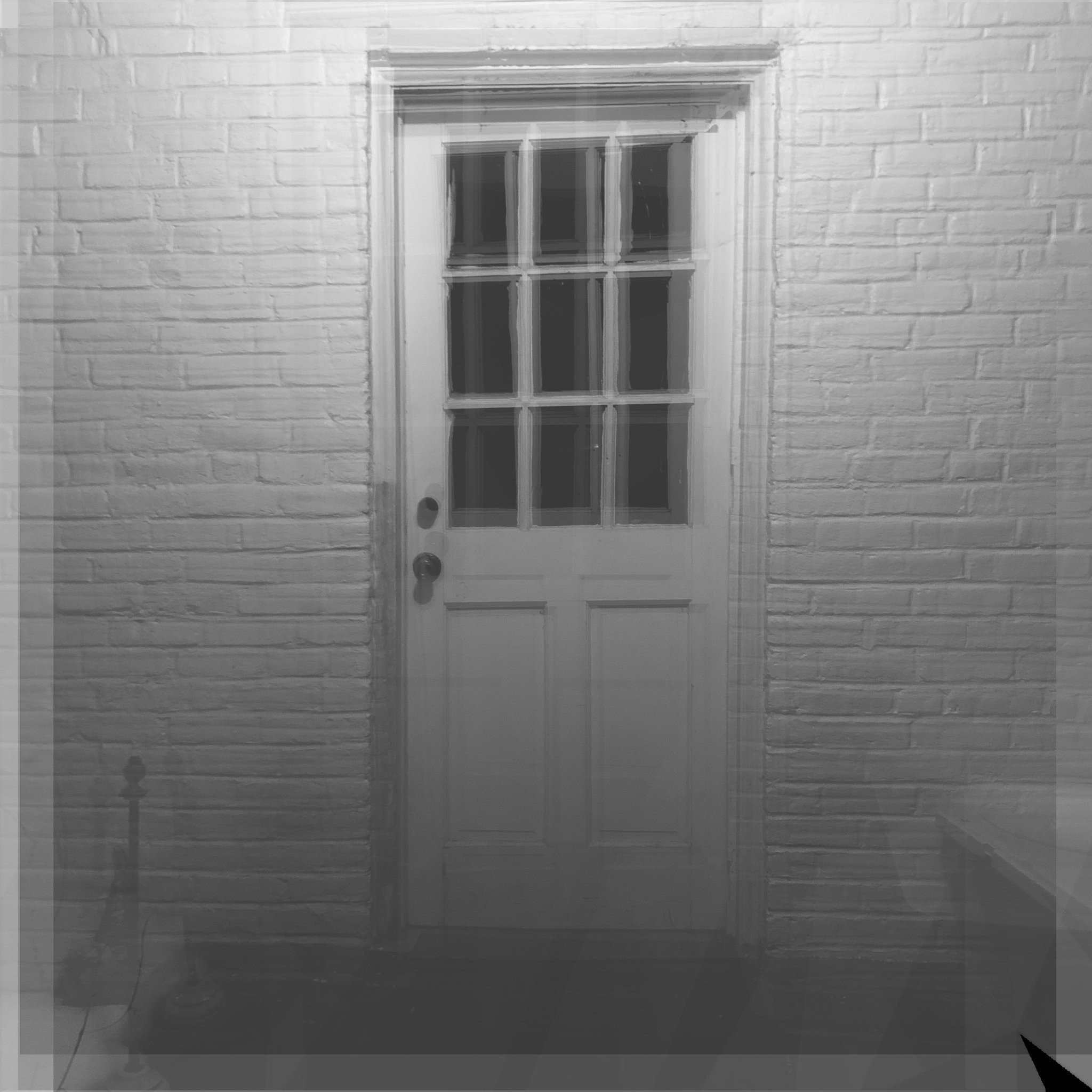
“And time altered for me. At first, as in childhood, it had stretched. The first spring had contained so much that was clear and sharp—the moss rose, the single blue iris, the peonies under my window. I had waited for the year to repeat. Then memories began to be jumbled; time began to race; the years began to stack together; it began to be hard for me to date things.”
—V.S. Naipaul, The Enigma of Arrival, 1987
“If Newton thought, said Austerlitz…that time was a river like the Thames, then where is its source and into what sea does it finally flow? Every river, as we know, must have banks on both sides, so where, seen in those terms, where are the banks of time? What would be this river's qualities, qualities perhaps corresponding to those of water, which is fluid, rather heavy, and translucent? In what way do objects immersed in time differ from those left untouched by it?”
—W.G. Sebald, Austerlitz, 2001
When DCAC Program Manager Jerry Truong invited me to serve as mentoring curator for the Curatorial Initiative this year, I jumped at the opportunity—in part because I love working with younger curators and seeing what interests them, but mostly because of what DCAC has meant for my own professional development.
In 2007, DCAC hosted Ian and Jan: The Washington Body School, a project that my collaborator Meg Mitchell and I used to weave a fairly ridiculous story about a fake 1960s Washington, D.C. arts movement.
The show marked not only my jump from painting to performance art, but also my realization that cultures of display and the white cube gallery experience could be used as creative media. Less than a year later, I would sit in a job interview and point to that show as my first successful curatorial project—despite the fact that it was in essence an elaborate practical joke.
But Ian and Jan was not my first encounter with DCAC. In 1997—a full decade earlier!—as a guitarist in a local punk band, I played a set for DC ArtBeat, a two-day visual arts and music festival held in DCAC’s theater and art galleries. At the time, my group had a rehearsal space in a then-very-different-looking Mount Pleasant; our older and wiser drummer, Tom Dobrov, had played in the ‘80s with mighty west coast bands like Whipping Boy and Oxbow. I can’t say that we were good, but we were well-rehearsed, brutally efficient, and very, very loud.
I came to DC in the mid-1990s determined to make music my life, but the band lasted less than three years, and by decade’s end, I had sold most of my guitar gear and gone back to school, pursuing an MFA in painting.
After my initial conversation with Jerry, my sudden vertiginous sense of time’s passage—of two prior lifetimes, decades distant, both marked by formative experiences in the same community arts venue—led me to consider how I might frame this exhibition. I also began to wonder how I might reconcile my abiding interest in music with my current work as a visual art curator.
Music to me is fundamentally a matter of time. Lyrics, melody, harmony: To me, these components are all subordinate to the telepathic dialog between a drummer’s right foot and a bassist’s right hand. The albums in my music library exist primarily as documents of musicians gathering in small rooms, sometimes relaxing behind effortlessly flowing pulses, other times pushing and trailing one another, lurching forward and falling back to create a nervous sense of provisional urgency.
If my interest in music is mostly formal and time-based, my relationship to the visual arts is anything but: As a curator, I love historical context, narratives, and theoretical explanations. I see my job as connecting artists to audiences via strong arguments and piles of information—and as a result, my shows tend to be text-heavy, larded with long interpretive labels, shelves full of books, and interactive response walls.
A Shared Sense of Time contains none of those elements. The six DMV-connected artists gathered here use sound to create relationships with elusive or nearly-invisible phenomena—asking listeners to sit with them wordlessly, and find and hold different rhythms, different ways of discovering embodied presence. My goal as a curator within this exhibition has been to try to create space for those experiences without indulging in monologues or explaining them away.
For this show, I would ask audiences to engage in what author V.S. Naipaul once described as “finding experience where I thought there had been nothing.” From plant biorhythms, captured via software and translated into shifting synthesized music and digital visualizations; to subtle changes in perception over many hours spent alone in a city apartment or a clearing in the woods; to the competing rhythms of two people’s heartbeats, echoed by the amplified sounds of falling drops of water: These experiences invite viewers to slow down, become quiet, and contemplate nature, states of interiority, and their own mortality.
I would like to thank Jerry Truong, Sean Elias, and Joe Kingery for their kind invitation and their support in developing this project. I also would like to thank curators Benedetta Castrioto and FAITH for joining me on many studio visits and ZOOM calls, serving as sounding boards, and helping me decide how to move forward at every step. I must thank my former student—and the new Gallery Director for Black Rock Center for the Arts—Joshua Gamma, who connected me to several artists, two of whom are in this exhibition. Finally, I must thank the artists—Sara Dittrich, Ledah Finck, Imka, Amy Reid, Joana Stillwell, and Davis Salisbury—for their incredible work, their boundless positive energy, and their willingness to join me on this whirlwind two-month adventure.
FROM THE CURATOR
FROM THE CURATOR
“And time altered for me. At first, as in childhood, it had stretched. The first spring had contained so much that was clear and sharp—the moss rose, the single blue iris, the peonies under my window. I had waited for the year to repeat. Then memories began to be jumbled; time began to race; the years began to stack together; it began to be hard for me to date things.”
—V.S. Naipaul, The Enigma of Arrival, 1987
“If Newton thought, said Austerlitz…that time was a river like the Thames, then where is its source and into what sea does it finally flow? Every river, as we know, must have banks on both sides, so where, seen in those terms, where are the banks of time? What would be this river's qualities, qualities perhaps corresponding to those of water, which is fluid, rather heavy, and translucent? In what way do objects immersed in time differ from those left untouched by it?”
—W.G. Sebald, Austerlitz, 2001
When DCAC Program Manager Jerry Truong invited me to serve as mentoring curator for the Curatorial Initiative this year, I jumped at the opportunity—in part because I love working with younger curators and seeing what interests them, but mostly because of what DCAC has meant for my own professional development.
In 2007, DCAC hosted Ian and Jan: The Washington Body School, a project that my collaborator Meg Mitchell and I used to weave a fairly ridiculous story about a fake 1960s Washington, D.C. arts movement.
The show marked not only my jump from painting to performance art, but also my realization that cultures of display and the white cube gallery experience could be used as creative media. Less than a year later, I would sit in a job interview and point to that show as my first successful curatorial project—despite the fact that it was in essence an elaborate practical joke.
But Ian and Jan was not my first encounter with DCAC. In 1997—a full decade earlier!—as a guitarist in a local punk band, I played a set for DC ArtBeat, a two-day visual arts and music festival held in DCAC’s theater and art galleries. At the time, my group had a rehearsal space in a then-very-different-looking Mount Pleasant; our older and wiser drummer, Tom Dobrov, had played in the ‘80s with mighty west coast bands like Whipping Boy and Oxbow. I can’t say that we were good, but we were well-rehearsed, brutally efficient, and very, very loud.
I came to DC in the mid-1990s determined to make music my life, but the band lasted less than three years, and by decade’s end, I had sold most of my guitar gear and gone back to school, pursuing an MFA in painting.
After my initial conversation with Jerry, my sudden vertiginous sense of time’s passage—of two prior lifetimes, decades distant, both marked by formative experiences in the same community arts venue—led me to consider how I might frame this exhibition. I also began to wonder how I might reconcile my abiding interest in music with my current work as a visual art curator.
Music to me is fundamentally a matter of time. Lyrics, melody, harmony: To me, these components are all subordinate to the telepathic dialog between a drummer’s right foot and a bassist’s right hand. The albums in my music library exist primarily as documents of musicians gathering in small rooms, sometimes relaxing behind effortlessly flowing pulses, other times pushing and trailing one another, lurching forward and falling back to create a nervous sense of provisional urgency.
If my interest in music is mostly formal and time-based, my relationship to the visual arts is anything but: As a curator, I love historical context, narratives, and theoretical explanations. I see my job as connecting artists to audiences via strong arguments and piles of information—and as a result, my shows tend to be text-heavy, larded with long interpretive labels, shelves full of books, and interactive response walls.
A Shared Sense of Time contains none of those elements. The six DMV-connected artists gathered here use sound to create relationships with elusive or nearly-invisible phenomena—asking listeners to sit with them wordlessly, and find and hold different rhythms, different ways of discovering embodied presence. My goal as a curator within this exhibition has been to try to create space for those experiences without indulging in monologues or explaining them away.
For this show, I would ask audiences to engage in what author V.S. Naipaul once described as “finding experience where I thought there had been nothing.” From plant biorhythms, captured via software and translated into shifting synthesized music and digital visualizations; to subtle changes in perception over many hours spent alone in a city apartment or a clearing in the woods; to the competing rhythms of two people’s heartbeats, echoed by the amplified sounds of falling drops of water: These experiences invite viewers to slow down, become quiet, and contemplate nature, states of interiority, and their own mortality.
I would like to thank Jerry Truong, Sean Elias, and Joe Kingery for their kind invitation and their support in developing this project. I also would like to thank curators Benedetta Castrioto and FAITH for joining me on many studio visits and ZOOM calls, serving as sounding boards, and helping me decide how to move forward at every step. I must thank my former student—and the new Gallery Director for Black Rock Center for the Arts—Joshua Gamma, who connected me to several artists, two of whom are in this exhibition. Finally, I must thank the artists—Sara Dittrich, Ledah Finck, Imka, Amy Reid, Joana Stillwell, and Davis Salisbury—for their incredible work, their boundless positive energy, and their willingness to join me on this whirlwind two-month adventure.
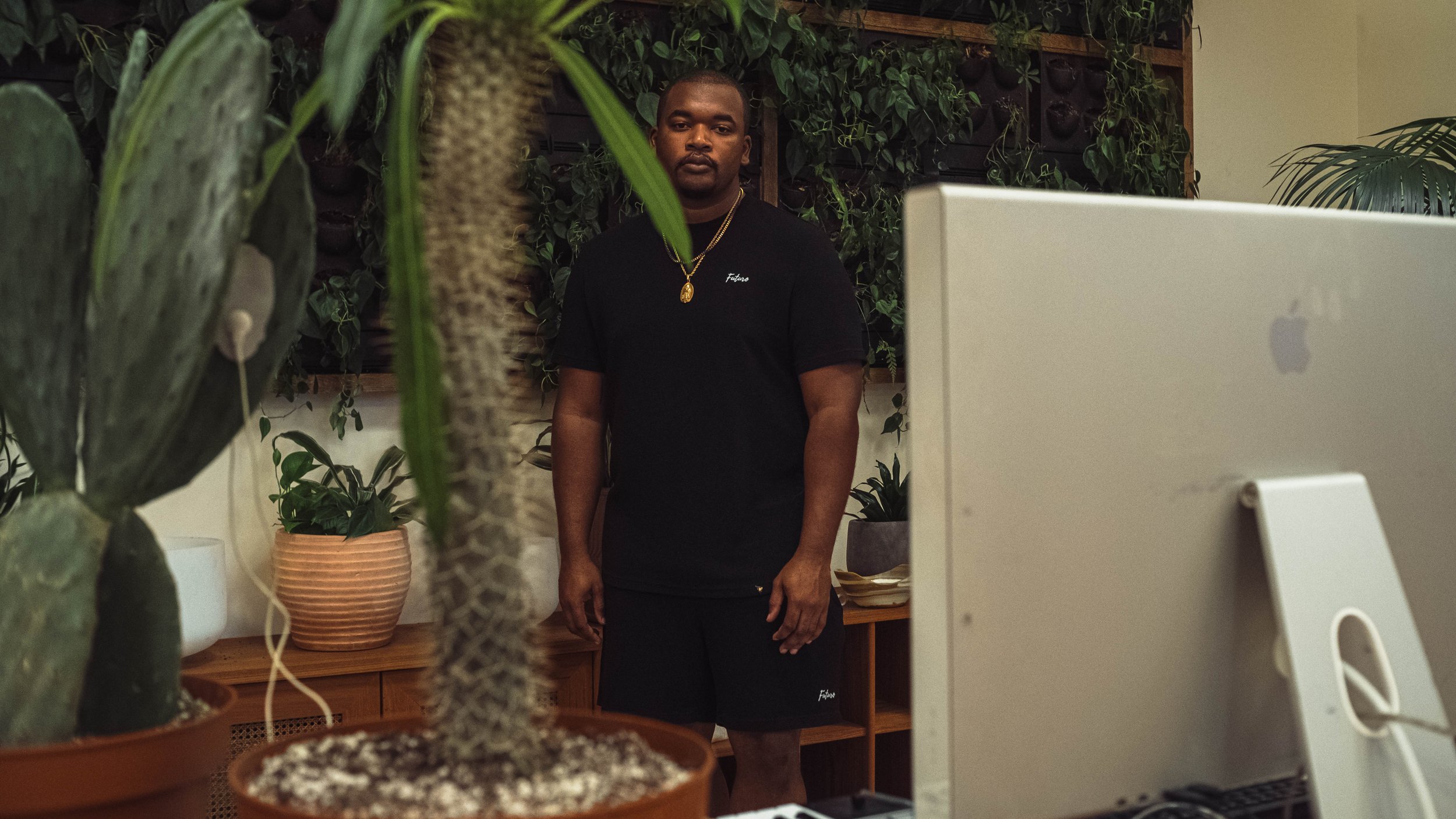


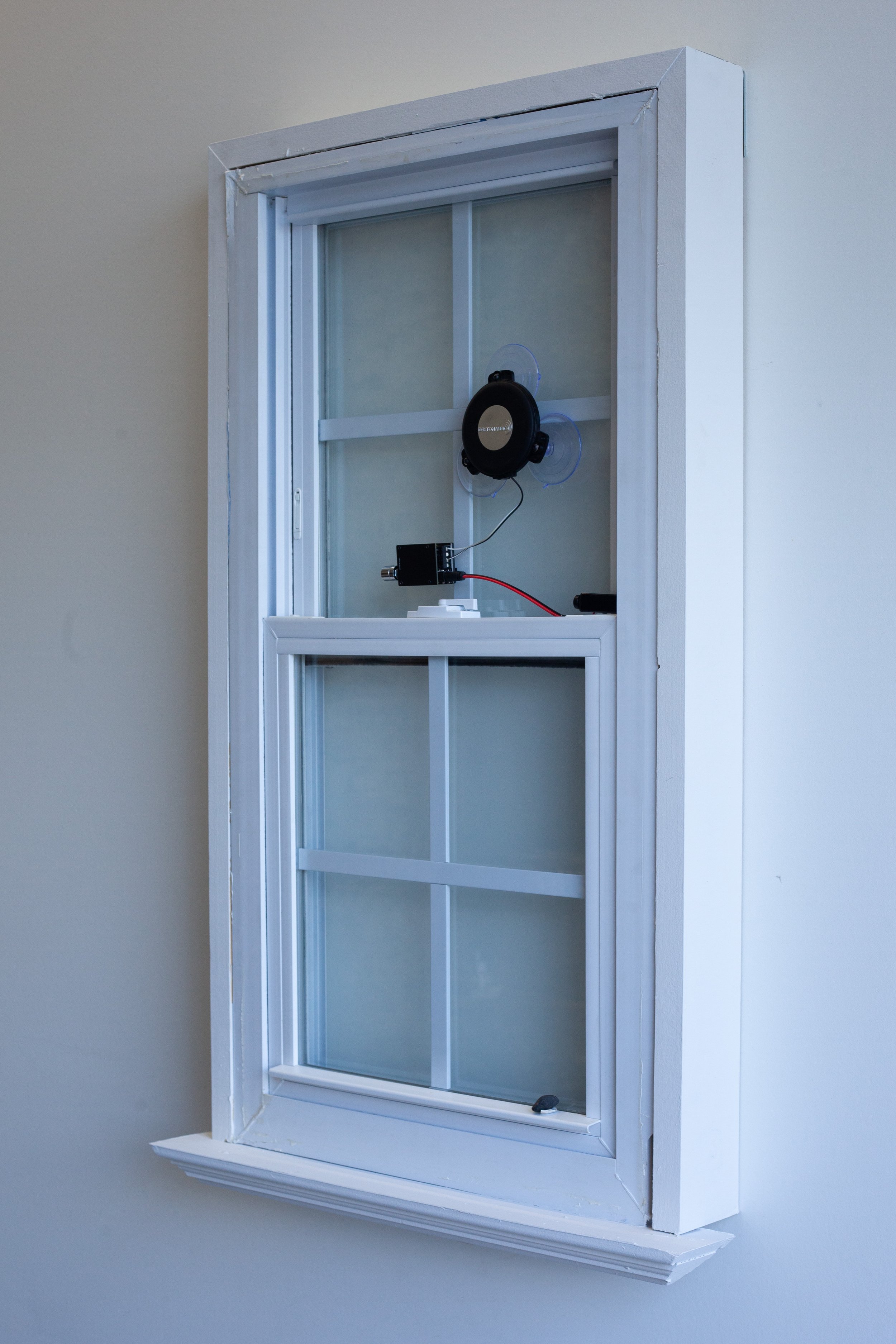





Meet the Artists
Sara Dittrich, Ledah Finck, Imka, Amy Reid,
Davis Salisbury (Dais Queue), and Joana Stillwell
SARA DITTRICH
Sara Dittrich is an interdisciplinary sculpture artist who builds introspective experiences that shift perspective from passive seeing to active looking, from passive hearing to active listening. Dittrich’s studio practice is located in Baltimore, Maryland where she has lived and worked since receiving her BFA from the Maryland Institute College of Art in 2014. She has exhibited and performed with numerous venues including the Baltimore Museum of Art, MD; The Sculpture Center, Cleveland, OH; and DiverseWorks, Houston, TX. In 2017, Dittrich received a Mary Sawyers Baker Artist Award and was named a Janet & Walter Sondheim Prize Finalist. She has also been awarded artist residencies including Bemis Center for Contemporary Arts (2015); the Vermont Studio Center Fellowship (2015); and Sculpture Space (2015). In 2018-2019, she was a Fellow at the Fine Arts Work Center in Provincetown, MA.
LEDAH FINCK
Ledah Finck is a violinist, violist, improviser, and composer who grew up in the Blue Ridge Mountains and currently resides in New York City. A passionate creator, performer, and curator of contemporary music, she is a member of the string quartet Bergamot Quartet, who recently completed a graduate degree as the Graduate String Quartet in Residence at the New School where the group was mentored by the JACK Quartet. Her pursuit of contemporary music is strongly supplemented by performing and collaborating in other genres such as jazz manouche, Appalachian and Celtic folk, and experimental music. Her compositional work includes commissions for a variety of ensembles and soloists nationally, as well as creating works for her own ensembles (currently earspace, Tropos, a folk project with composer/guitarist Eli Greenhoe, and Two Juiceless Fruits, in addition to Bergamot Quartet). In 2019–20, she contributed music and performance art to a multi-site installation project called TRIADS: Arrangements in Site and Sound, curated by Hannah Davis. She released her first solo album, Mayfly, in 2020 and her second, outside songs, in 2022.
Ledah’s various artistic practices are deeply informed by a celebratory relationship with the natural world as well as a love for transforming found objects and sounds into whimsical, semi-imaginary environments. Her music embodies a desire to create and share a sound-world in which the classical tradition, the folk music with which she grew up, and an extensive improvisatory sensibility can be in productive dialogue. Her violin and viola were both made by her father, David Finck.
IMKA
Imka is a multi-disciplinary artist and designer working in the fields of music production and arts, offering brand consultancy, art direction, and visual content development—and the owner of Evidence of Yesterday, a record label currently based in Washington, D.C.
AMY REID
Amy Reid has studied Painting and Art Education obtaining a BFA and MAT from Maryland Institute College of Art where she began playing in bands and often incorporating original soundtracks into her visual works of art. Inspired by her experiences as a musician, visual and community artist, her lifelong goal is to explore the environments in which all three worlds intersect.
Touring nationally and internationally since 2014 in her band Chiffon and as a solo performer, she has shared the stage with critically acclaimed artists such as; Future Islands, Dan Deacon, SOPHIE, XIU XIU, Boy Harsher, Princess Nokia, and Ami Dang to name a few. Valuing opportunities to expand ideas and artistic processes, she has participated in artist residencies at SPACE Gallery (Portland, ME), The Merriweather District Air (Columbia, MD), MICA (Baltimore, MD), One Beat (Virtual) and received a Katzenberger fellowship at The National Portrait Gallery (Washington, D.C). Her video, sound art, and performances have been exhibited at the Walters Art Museum, Carnegie Museum of Art and she has recently accepted an artistic research fellowship at the Folger Shakespeare Library 2023.
In addition to her music practice, she founded Baltimore’s GRL PWR in 2014 whose mission is to cultivate queer spaces through community focused programming.
DAVIS SALISBURY (DAIS QUEUE)
Davis Salisbury is a musician who primarily plays guitar, though at times he may mix in small bells and cymbals, wind chimes, and random elements and instruments sitting around whichever room he is playing in. While performing solo as Dais Queue or in the long-standing Charlottesville-based duo Grand Banks he largely improvises, using extended and prepared guitar techniques alongside more melodic, straight playing to create varied, ever-shifting moods and sonic textures. For recorded work he often utilizes processes and rule-based playing to guide the improvisations and eventual outcomes in the finished tracks. He is currently based out of Charlottesville, Virginia, but recently lived in Washington, D.C., and enjoys playing at esteemed Takoma Park venue Rhizome as frequently as possible. On top of playing solo and in Grand Banks he has been in numerous other bands, participated in community radio for many years, run multiple DIY music venues, and still books and helps organize shows locally. He has self-released many albums over the years and has also had work put out on Casual Acid Tea and Oxtail Recordings. His most recent tape on Oxtail, I live here, was included in The Best Experimental Music on Bandcamp column for Bandcamp Daily in June of 2022.
JOANA STILLWELL
I use digital and material fragments to investigate the collapse of virtual and physical spaces as memories, lived environments, and digital interfaces become overlaid and interchangeable. I am interested in the capacity for technology to propose alternative strategies in which to engage with the world as we continue to extend ourselves in new and enduring methods.
Recent exhibitions and installations include DLECTRICITY (Detroit, MI), Tiger Strikes Asteroid (Greenville, SC), InLight at 1708 Gallery (Richmond, VA), and SOIL (Seattle, WA). Residencies include Mildred’s Lane (Beach Lake, PA), Vermont Studio Center (Johnson, VT), Sirius Arts Centre (Cobh, Ireland), and The Studios at MASS MoCA, (North Adams, MA). She is currently the Studio Fellow at VisArts (Rockville, MD).
